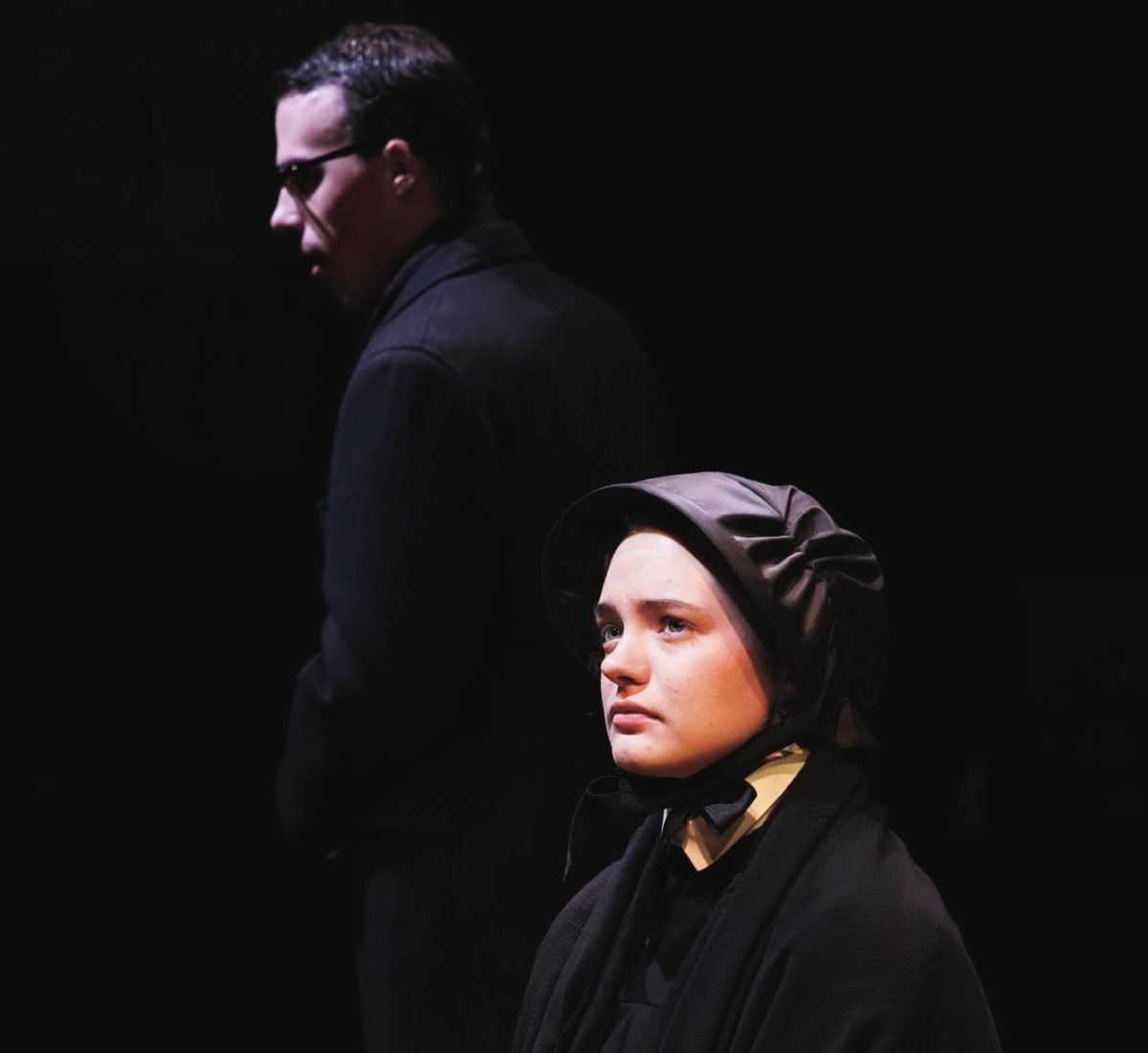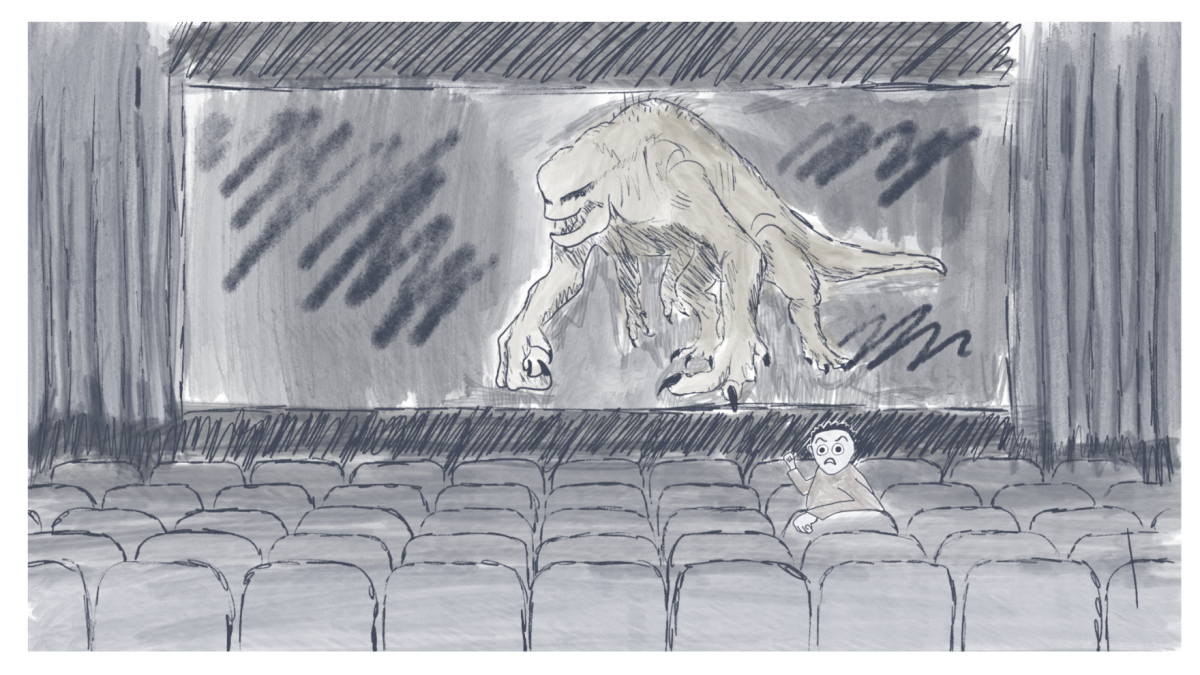What do the Middle ages tell us about love? You may be envisioning princesses in towers, dashing knights riding to the rescue, or other fairy tale tropes you may have learned from modern media. If you ask Marie de France, one of the first recorded female writers in Europe — it’s all about women’s power in relationships. Marie de France — her true name is unknown — was born in France and wrote poetry at the court of King Henry II of England in the late 12th century. She wrote lais — or lyrical, narrative poems written in octosyllabic couplets that usually focus on adventure and romance.
One lay, titled “Lanval,” dramatizes the story of a fairy and her knightly lover. Lanval, a knight of King Arthur, is wandering in the woods one day when he comes across a stunningly beautiful fairy queen. The fairy tells the knight that she has been searching for him and has chosen him as her lover.
The relationship comes with one caveat, however: The fairy makes Lanval promise that he will never tell anyone about his love.
When Lanval returns to Arthur’s castle, King Arthur’s notoriously adulterous wife Guinevere spots Lanval in the garden and attempts to seduce him. He refuses, stating that he does not want to betray his lord, Arthur. Guinevere retaliates by telling Arthur that Lanval attempted to seduce her, and when she refused to love him, insulted her.
Lanval insists that she was lying, and decides to prove his point by saying that he is in love with a woman far more beautiful than Guinevere ever could be. Though Arthur knows his wife to be adulterous, he has no choice but to sentence Lanval to death for this offense. Because Lanval has told the court of his fairy lover, he knows she is sure to never return.
However, at the last minute, the fairy queen swoops in and rescues Lanval. She whisks him off to the fairy land, and the court of King Arthur never hears about Lanval and his fairy lover again.
Marie de France flips the traditional chivalrous knight and tortured princess trope on its head. Though Lanval is a knight, it is he who is the damsel in distress in this story. The fairy queen — and Guinevere — both seek out Lanval’s love, rather than he theirs. The fairy queen chooses Lanval, rescues him and takes him to live in her homeland. Marie de France’s lay lauds women’s agency in relationships through a chivalric tale of King Arthur and fairies.
Though “Lanval” seems to promote positive relationships in medieval times, the lay was so popular because it was so fantastical. Tales of courtly love, in which men pledge their loyalty to their lovers and give them all choice in the relationship, allowed women an escape from the unhappiness of their arranged marriages. The fairy queen is no average woman; she is the most beautiful creature in the land, but she is not mortal. Though “Lanval” provided a much needed escape for women in, it was no true depiction of medieval relationships and love.






